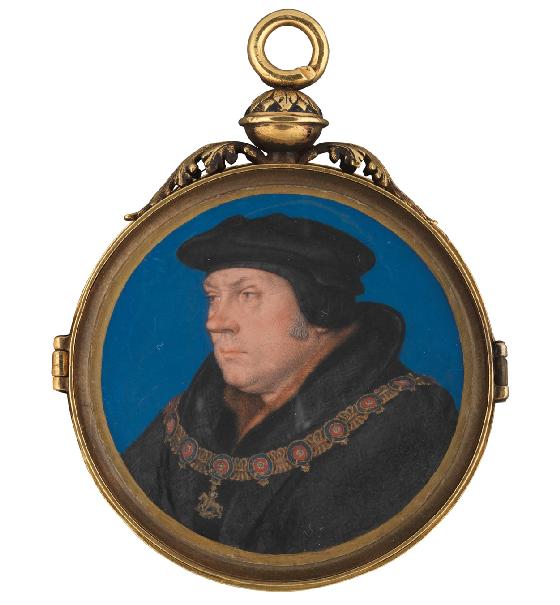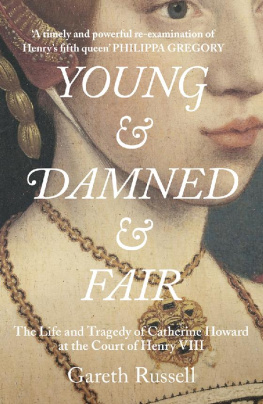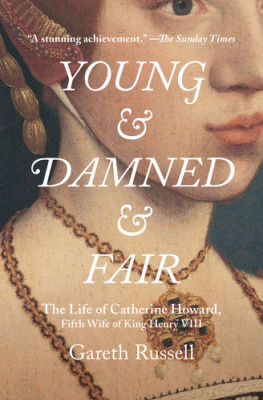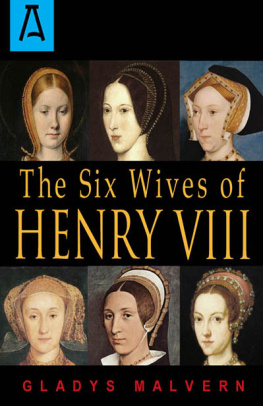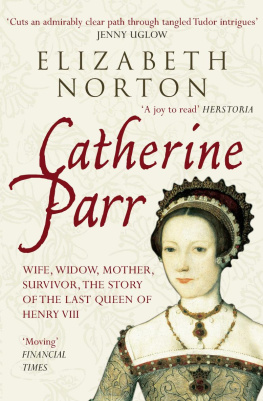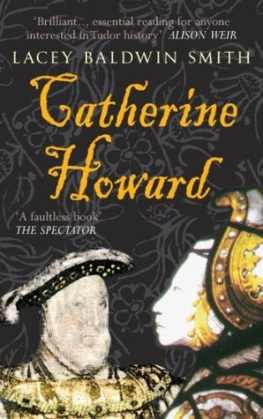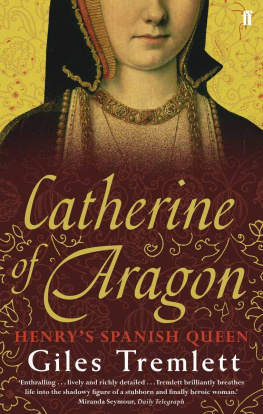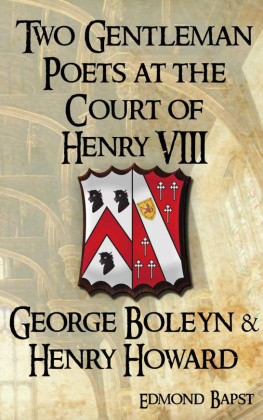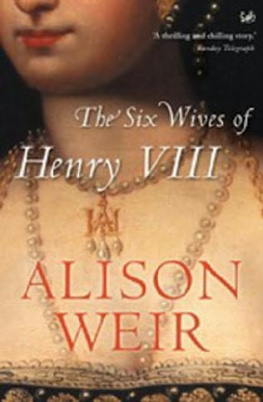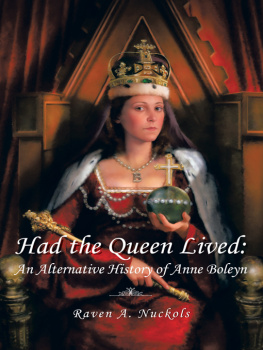Gareth Russell read Modern History at St Peters College, Oxford and completed his postgraduate in Medieval History and Queens University, Belfast with a study of Catherine Howards household. He is the author of two novels set in his native Belfast and several books on royal history. He divides his time between Belfast and New York.
Portrait of a Young Woman, by Hans Holbein the Younger (style), 154045 ( 2016 The Metropolitan Museum of Art/Art Resource/Scala, Florence) Portrait of a Lady, Probably a Member of the Cromwell Family, by Hans Holbein the Younger, c.153540 (Toledo Museum of Art/Photography Incorporated, Toledo) Portrait of a Lady, a miniature by Holbein which may be a portrait of Catherine (Royal Collection Trust/ Her Majesty Queen Elizabeth II 2016) Framlingham Castle across the Mere ( Adrian S. Pye 2015, licensed for reuse under the Creative Commons Licence) The former Church of Saint Mary-at-Lambeth (The Garden Museum, Lambeth. Authors collection) Catherines childhood guardian, Agnes Howard. Detail from Thomas Howard, 2nd Duke of Norfolk; Agnes Howard (ne Tilney), Duchess of Norfolk, lithograph by William Henry Kearney, printed by Charles Joseph Hullmandel ( The National Portrait Gallery, London) Anne Boleyn, English School, 16th century (Hever Castle, Kent, UK/Bridgeman Images) Portrait of Thomas Howard, 3rd Duke of Norfolk, by Hans Holbein the Younger (Royal Collection Trust/ Her Majesty Queen Elizabeth II 2016) Portrait of William Howard, 1st Baron Howard of Effingham, English School, 16th Century (Private California Collection) Unknown woman, known as Margaret Pole, Countess of Salisbury, artist unknown ( The National Portrait Gallery, London) Portrait of a Woman, probably Catherine Carey, Lady Knollys, by Steven van der Meulen, 1562 (Yale Center for British Art, Paul Mellon Collection) Portrait of Anne of Cleves, by Bartholomus Bruyn the Elder (by kind permission of the President of St. Johns College, Oxford) Thomas Cromwell, Earl of Essex, studio of Hans Holbein the Younger, c.1537 ( The National Portrait Gallery, London) Portrait of Henry VIII, by Hans Holbein the Younger, 1540 (Palazzo Barberini, Rome/Bridgeman Images) Portrait of a Lady, formerly identified as Lady Jane Grey, attributed to Lucas Horenbout (Yale Center for British Art, the Paul Mellon Collection) Eustace Chapuys, Foundateur du college dAnnecy, housed at the Lyce Berthollet, Annecy, France (Reproduced by kind permission of Lauren Mackay) Sir Thomas Wyatt, after Hans Holbein the Younger, c.1540 ( The National Portrait Gallery, London) Grimsthorpe Castle and Gardens, Lincolnshire, UK (Dave Porter/Alamy Stock Photo) The ruins of the Bishops Palace, Lincoln (Authors collection)
The Cathedral Church of the Blessed Virgin Mary of Lincoln (Authors collection) Pontefract Castle, by Alexander Keirincx, c.162040 (Wakefield Museums and Galleries, West Yorkshire, UK/Bridgeman Images) Ruins of apartments in the Queens Tower at Pontefract Castle (Authors collection) James V of Scotland, by Corneille de Lyon, c.153637 (Private Collection/Photo Philip Mould Ltd., London/Bridgeman Images) Hampton Court Palace, London (Universal Images Group/Getty Images)
Thomas Cranmer, by Gerlach Flicke ( The National Portrait Gallery, London)
Catherine Howard being conveyed to the Tower, 1542, by Henry Marriott Paget (Private Collection/Bridgeman Images) Traitors Gate entrance, Tower of London (Jeff Gilbert/Alamy Stock Photo)
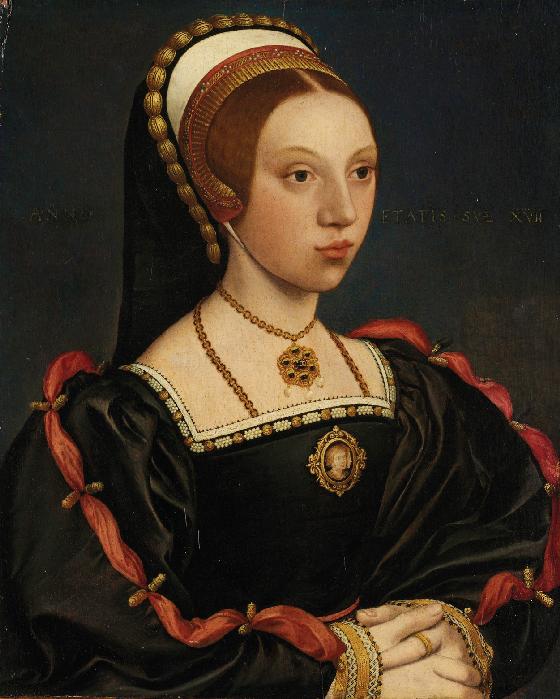
Currently housed in the Metropolitan Museum, New York, this portrait of a seventeen-year-old courtier may depict Catherine Howard.
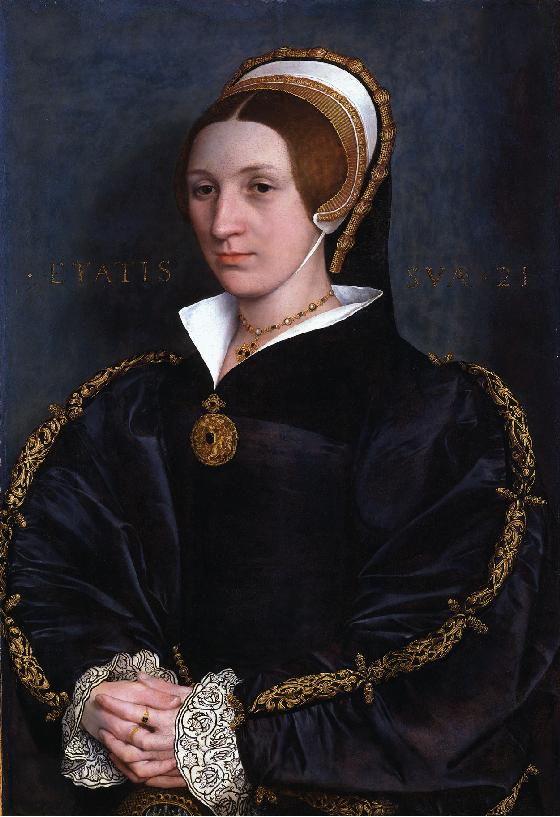
Identified as Catherine Howard in the early twentieth century, the lady in this portrait by Holbein is far more likely to be Thomas Cromwells daughter-in-law, Elizabeth, or Jane Greys mother, Frances.
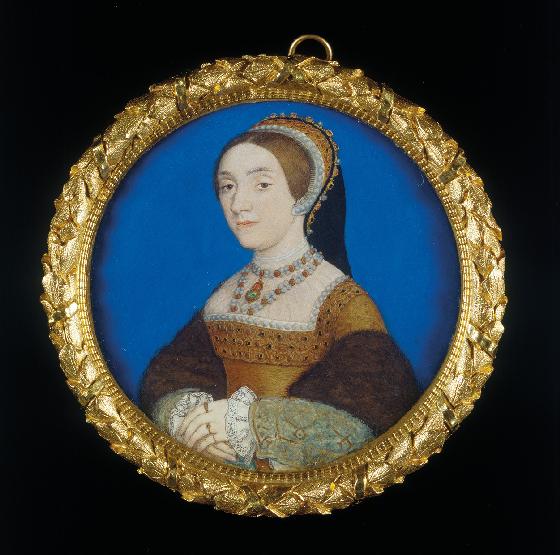
A miniature, also by Holbein, showing a lady wearing jewels from the royal collection. It may be a portrait of Catherine, painted around the time of her marriage.
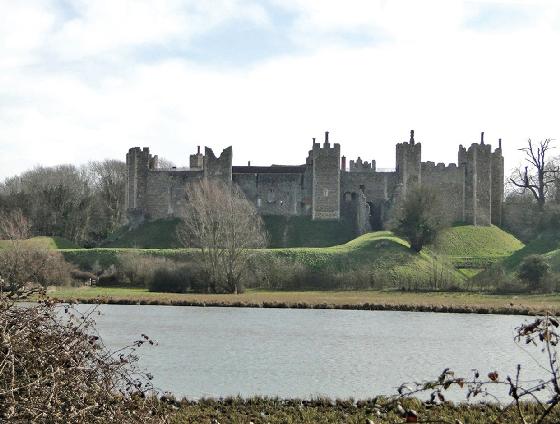
The ruins of Framlingham Castle, the Howard familys one-time seat in Suffolk.
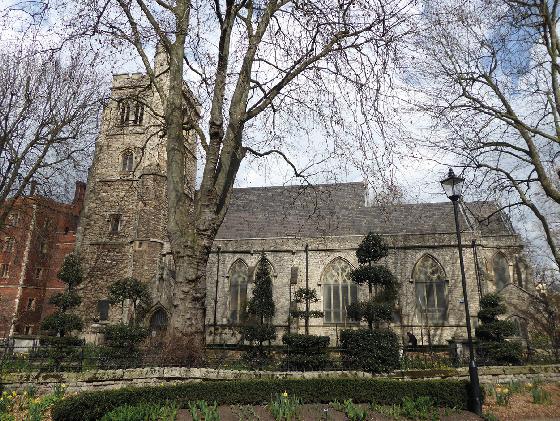
The former Church of Saint Mary-at-Lambeth, the site of many Howard burials and, almost certainly, Catherines christening.
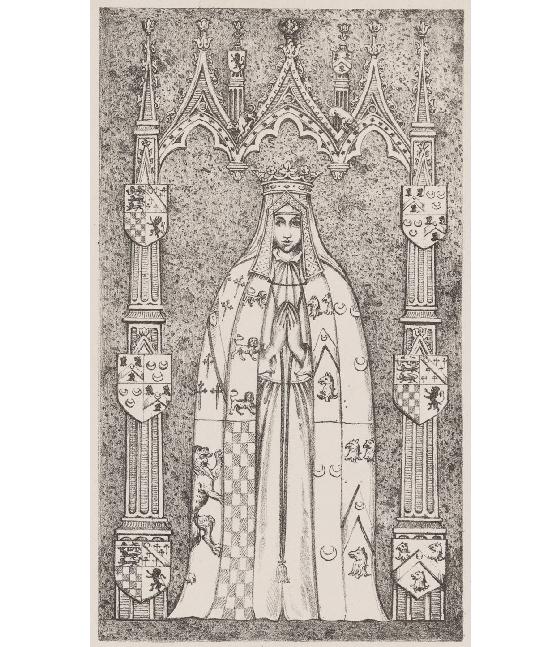
Catherines childhood guardian Agnes Howard, Dowager Duchess of Norfolk. One of the wealthiest women in the country, Agness love of gossip and intrigue brought her close to total ruin.

Catherines glamorous but divisive cousin, Anne Boleyn, who was executed in 1536. The two women shared a sense of elegance and confidence, but Anne was substantially more intelligent.
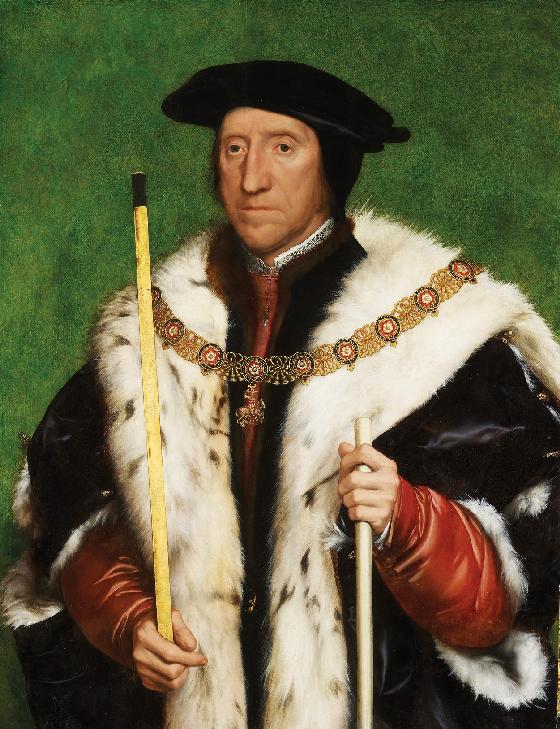
The influence on her life of Catherines uncle Thomas, 3rd Duke of Norfolk and head of the Howard family, has been greatly exaggerated. Evidence suggests that he knew, and understood, his niece poorly.
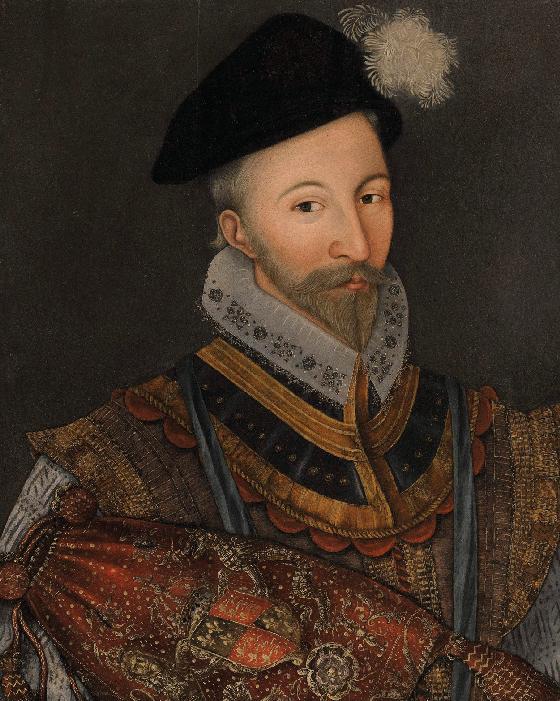
A diplomat and a soldier, Lord William Howard was the uncle who knew Catherine best. For most of her queenship, he served as one of the English ambassadors to France.
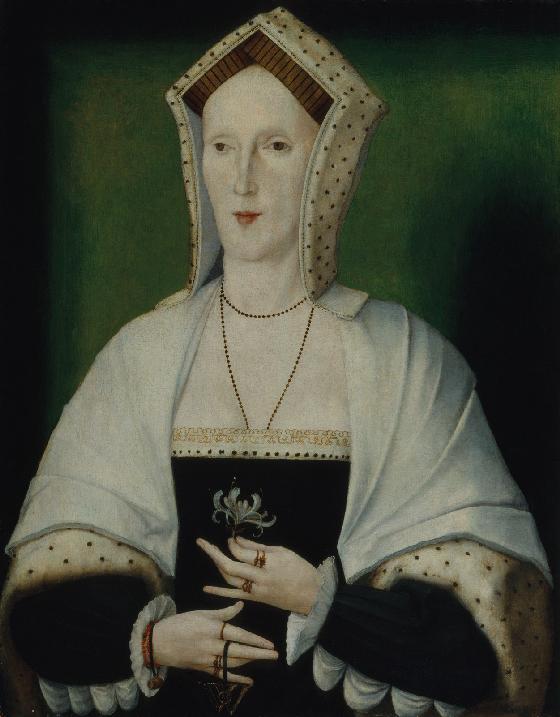
A portrait believed to be of the devout Margaret Pole, Countess of Salisbury, who was accused of treason and imprisoned in 1538. Her interrogators attempted, but failed, to implicate Catherines family in her disgrace. Three centuries after her death, Lady Salisbury was beatified by Pope Leo XIII.
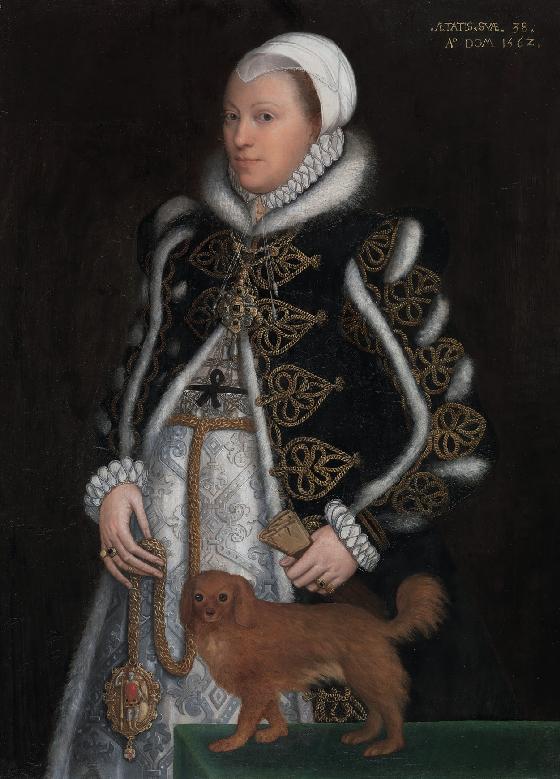
Catherines second cousin, Katherine Carey they joined the court at the same time as maids of honour. Carey married soon after their dbut and she is shown here, during one of her sixteen subsequent pregnancies. She was later a favourite lady-in-waiting to Queen Elizabeth I.
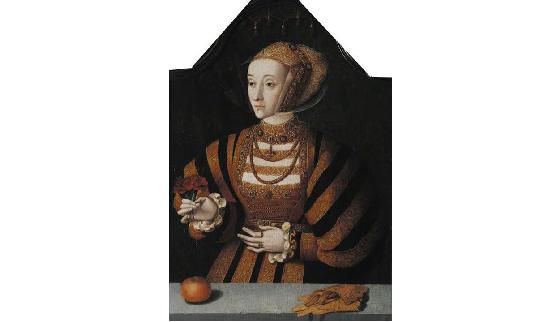
Catherine initially served in the household of Henry VIIIs fourth wife, Anne of Cleves. Many of Annes ladies-in-waiting regarded her German dresses as ornate, but hideous.
